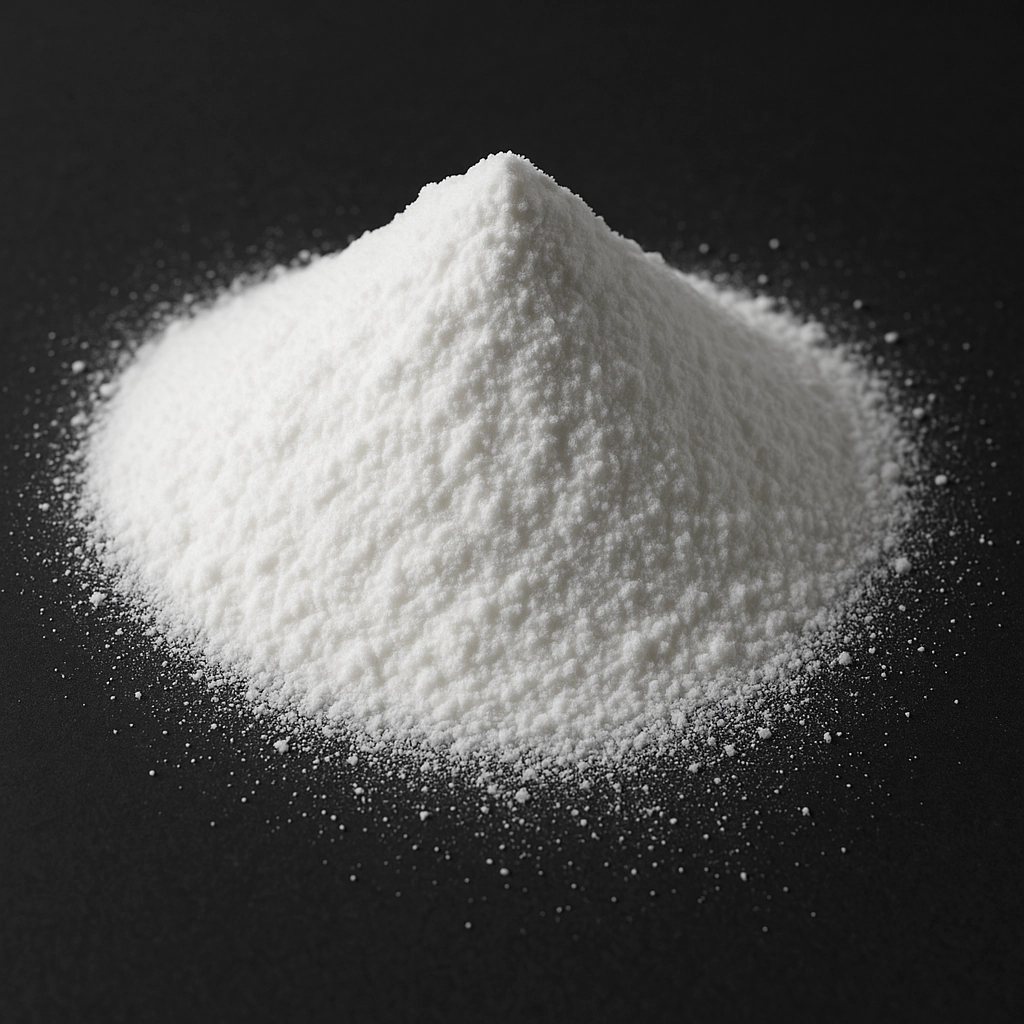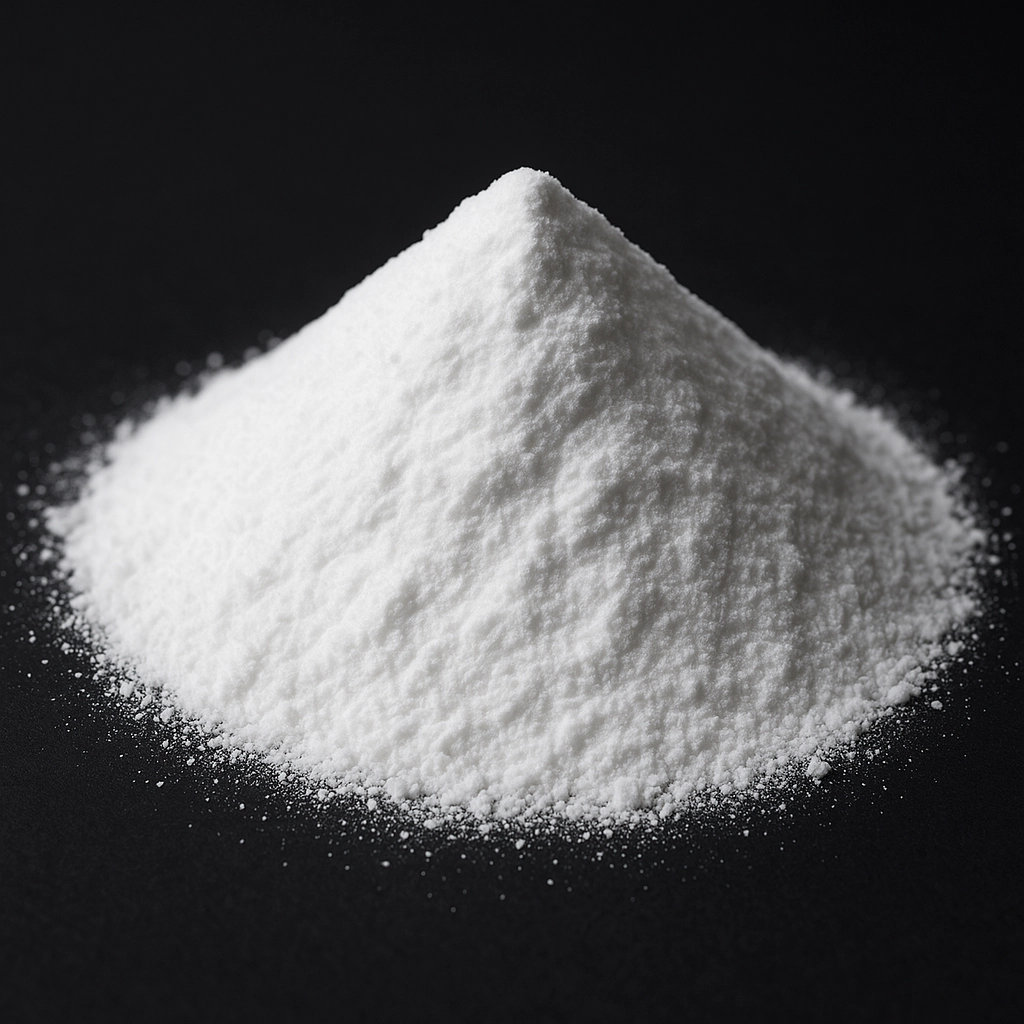


Fluorite (also known as fluorspar), with the chemical formula CaF₂, is the most important natural source of fluorine. It occurs in a wide range of colours, such as green, purple, blue, yellow, and colourless, featuring a vitreous lustre and a cubic crystal structure. Its hardness is about 4 on the Mohs scale, with a specific gravity of 3.18.
Thanks to its strong fluxing properties, fluorite is widely used in metallurgy—particularly in steelmaking and casting—where it lowers the melting point and facilitates the removal of impurities.


Fluorite, beyond its industrial role, is world-renowned for the fascinating phenomenon of fluorescence. In fact, the very term “fluorescence” was named after this mineral, as many specimens glow vividly under ultraviolet (UV) light, emitting a striking radiance. This visual property, combined with its high transparency and wide range of colors, makes it not only a popular gemstone but also a valuable material for manufacturing specialised optical lenses.
Fluorite thus stands at a unique intersection: a strategic industrial mineral and at the same time a natural marvel of beauty.
Fluorite (CaF₂) is the most important natural source of fluorine, from which this element can be extracted. It appears in a wide variety of colours, such as yellow, green, pink, blue, purple, colourless, and sometimes black, crystallising in the cubic system. Its structure is semi-transparent with a vitreous lustre, a specific gravity of about 3.18, and a hardness of around 4 on the Mohs scale.
In nature, fluorite often fills cavities between other minerals and occurs in vein form, commonly associated with calcite, quartz, barite, celestine, and various sulfides. Pure fluorite contains about 48.7% fluorine and 51.3% calcium.
Due to its strong fluxing properties, fluorite is widely utilised in metallurgy—particularly in steelmaking, cast iron production, and ferroalloy manufacturing. Its addition to smelting processes lowers the working temperature, improves impurity separation, and increases both the quality and efficiency of production.
Fluorite, with its powerful fluxing properties, not only lowers heat treatment temperatures but also facilitates melting and impurity removal in metallurgical processes. These qualities improve the quality of metal products while reducing energy consumption in furnaces.
Thanks to its chemical stability, high purity, and uniform composition, fluorite is an ideal choice for industries such as steelmaking, cast iron foundries, and special alloy production.
Our company supplies processed fluorite derived from premium raw minerals under strict international standards, ensuring that your production runs at the highest level of quality. With precise particle sizing, rigorous quality control, and expert consulting, our specialists help optimise the performance of your production lines.
On-time delivery, competitive pricing, and continuous technical support are our commitments to customers. By choosing us, you gain a reliable industrial partner dedicated to paving the way toward greater efficiency and lower costs.

| Size (mm) | SiO₂% | S% | CaO% | CaF₂% |
|---|---|---|---|---|
| 10–60, 5–15, 0–10 | 5 max | 0.5 max | 10 max | 80–85 |



WhatsApp us